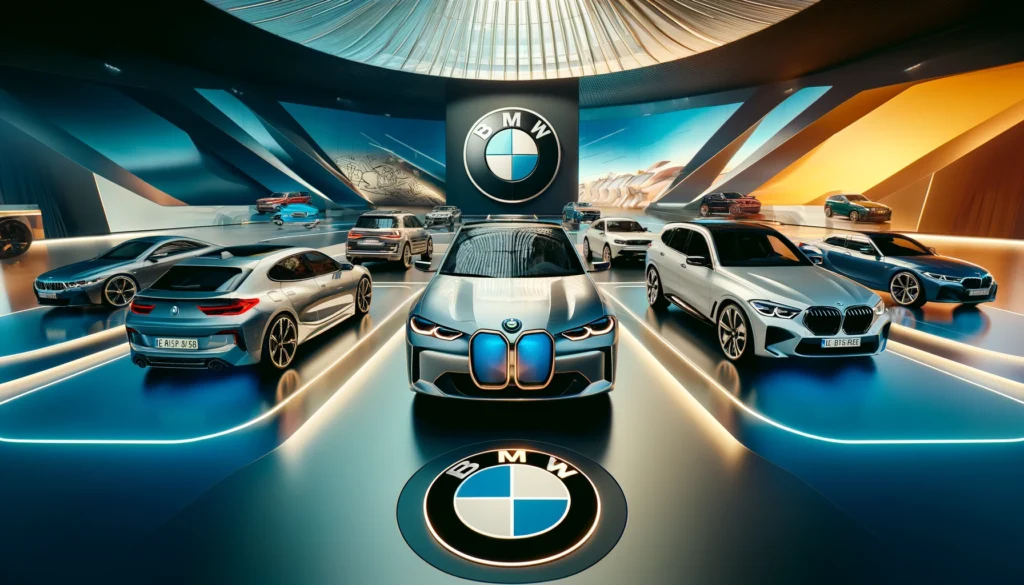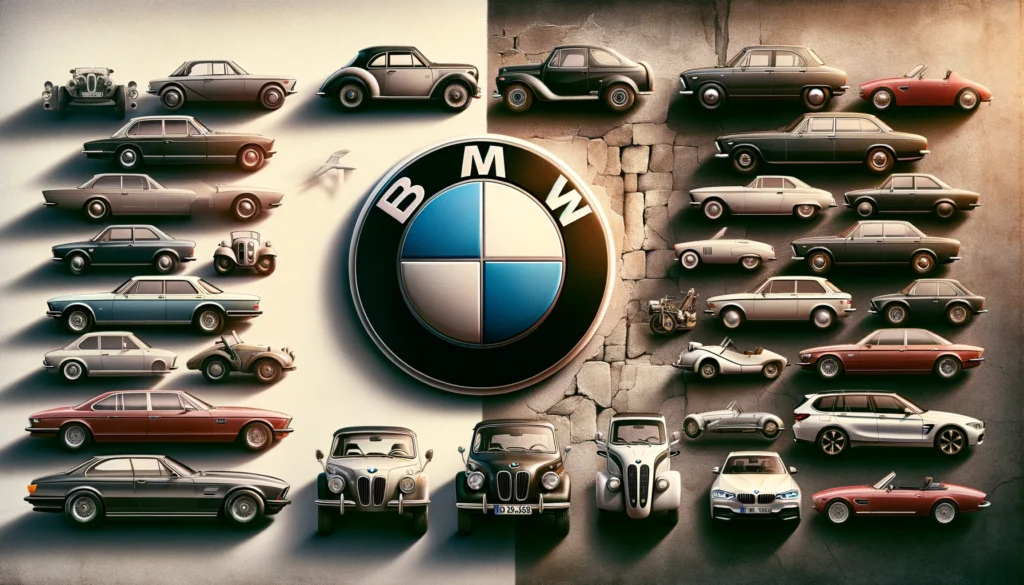
Title: “Revving Through Time: The Dynamic Journey of BMW – From Aviation Roots to Automotive Royalty”

Introduction
The Amazing Story Of Excellence of BMW is a saga of innovation, resilience, and transformation.
Starting in aviation, BMW evolved into an automotive symbol of luxury and performance, enduring over a century of economic and technological shifts. This thorough exploration highlights BMW’s extensive history, emphasizing its founders, the challenges they faced, and the growth strategies they implemented.
Origins and Foundational Years
In 1916, Bayerische Flugzeugwerke AG, which later became Bayerische Motoren Werke (BMW), was established in Munich, Germany. Initially specializing in aircraft engines, BMW founders Karl Rapp, Gustav Otto, and Franz Josef Popp leveraged World War I demand. Their expertise in high-performance engines set the groundwork for the company’s enduring emphasis on quality and innovation.
Transition to Automotive Production
After the war, in 1919, BMW had to switch from aircraft engines to other products like motorcycle engines and more. Nonetheless, BMW’s pivot to motorized vehicle production was underscored by the debut of the BMW R32 motorcycle in 1923. This move laid a robust foundation for future automotive endeavors.
The Birth of the BMW Automobile
BMW’s automobile production began in earnest in 1928 with the acquisition of Fahrzeugfabrik Eisenach, which manufactured the Dixi 3/15. This vehicle, based on the Austin 7, was BMW’s first car and a stepping stone into the automotive industry. In the following ten years, BMW honed its automotive designs, culminating in the creation of the 303 in 1933.
World War II Impact and Post-war Challenges
Amid World War II, BMW’s facilities underwent significant repurposing for military production, resulting in notable ethical and financial consequences. Post-war, the company faced existential threats from Allied disbandment orders and severe resource shortages. The recovery began with the production of bicycles and the reintroduction of motorcycles.
Rebuilding and Innovation in the 1950s
The 1950s were a period of significant rebuilding for BMW. The launch of the BMW 501, a luxury sedan, marked a bold but financially risky move. While initially struggling to generate profits, the introduction of the compact and affordable BMW Isetta in 1955 proved to be a commercial lifesaver, helping the company stabilize financially.
Golden Age of the 1960s and 1970s
BMW’s golden age began with the creation of the New Class sedans in the 1960s, which redefined the brand as a manufacturer of sporty, executive cars. The introduction of the BMW 2002 in 1968, a compact yet powerful model, solidified BMW’s reputation in the sports sedan segment. This era also saw BMW expanding globally, establishing a manufacturing presence in South Africa in 1973.
Technological Advances and Market Expansion in the 1980s
The 1980s were marked by technological innovations, including the introduction of the BMW 3 Series, which became synonymous with the brand’s blend of luxury and performance. BMW also ventured into new markets, introducing all-wheel-drive systems and the pioneering BMW M GmbH division, dedicated to high-performance versions of standard models.
The Modern Era and Sustainable Innovation
Entering the 21st century, BMW focused on expanding its product line and embracing sustainable technologies. The launch of the BMW i series in 2013, which includes electric and hybrid models, demonstrated BMW’s commitment to environmental responsibility without compromising on performance or luxury.
Conclusion
Today, BMW stands as a testament to enduring brand strength and adaptability, continually pushing the boundaries of automotive technology and design. From aircraft engines to electric cars, BMW’s journey is a compelling story of navigating through challenges with innovation and strategic evolution. As we look to the future, BMW remains at the forefront of automotive excellence, promising to deliver not just cars, but mobility solutions that define generations.
This overview encapsulates the pivotal moments and key transitions in BMW’s history, offering insights into the factors that have shaped its century-long legacy. This exploration is tailored for readability and SEO, ensuring an engaging and informative experience for all readers interested in the storied past and exciting future of BMW.
Read Also: The interesting story of Ford, you don’t know



